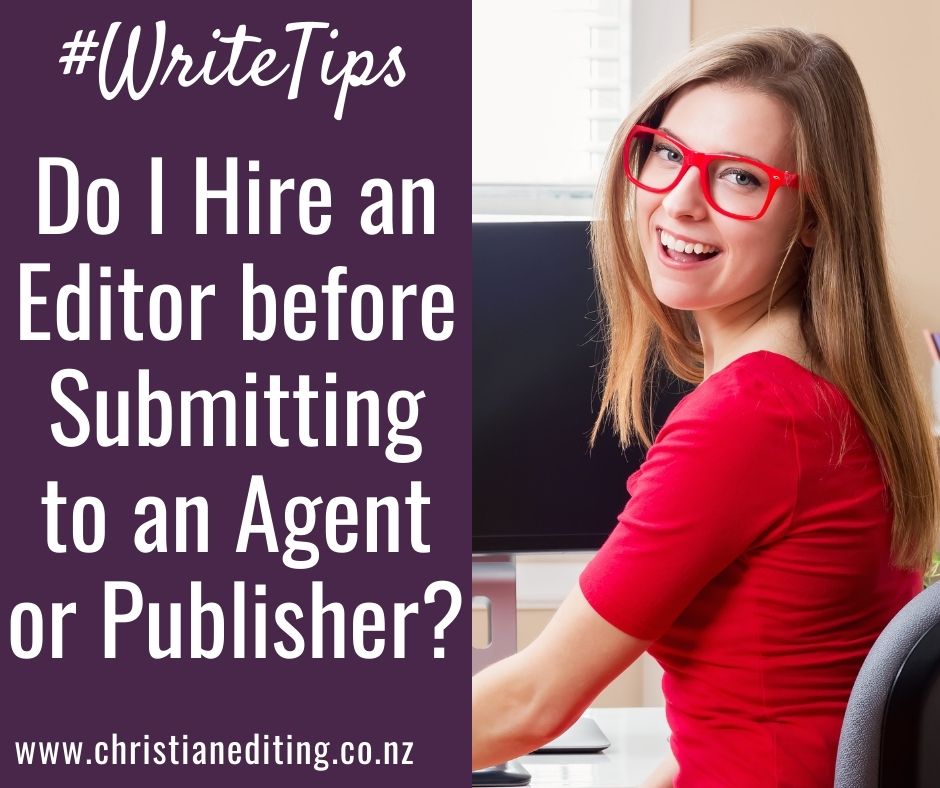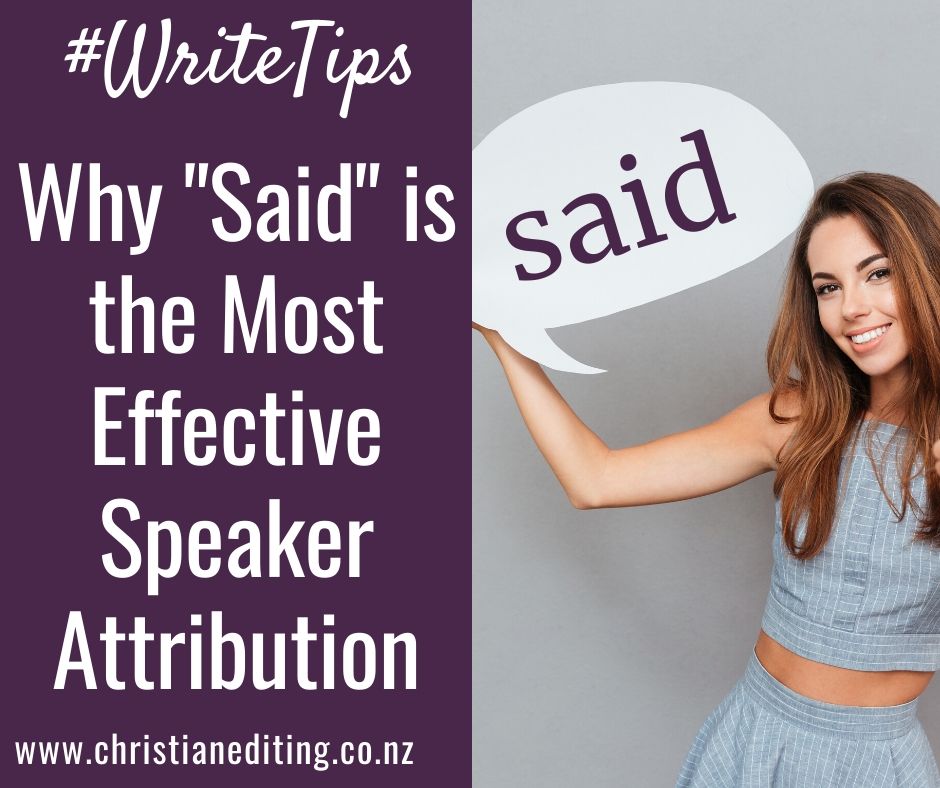This is a common question from unpublished writers seeking a traditional publishing contract.
It’s not a question I’ve ever seen a traditionally published author ask. Published authors know their process and know what they need to do to submit a manuscript their publisher will accept.
Published authors usually have established critique partners who read and comment on their manuscript. Some use a professional editor to ensure the manuscript they submit is as clean as possible. Most have agents, and many agents will edit before submitting the manuscript to publishers.
But agents don’t get paid for editing. They only get paid when they sell a manuscript to a publisher. So agents are unlikely to take on new whose manuscripts that need a lot of work.
So why hire an editor?
1. You don’t know what you don’t know
I’ve come across hundreds of unpublished or self-published authors who are convinced their novel is brilliant, because their mother/sister/BFF loved it. Without fail, their books are not up to the standard I see in fiction from the major traditional publishers.
Why?
Their mothers and sisters and BFFs are proud of them for finishing a novel. They love the writer and want to encourage them to pursue their passion. It follows that they love their novel, no matter how good or bad it is. To add to the problem, they might not know what a “good” book looks like e.g. if they haven’t read a book since high school or mostly read nonfiction.
They don’t know enough to give good advice.
The common issues are:
- The manuscript has no opening hook.
- The manuscript doesn’t fit a clear genre.
- The manuscript tells where it should be showing.
- The manuscript uses omniscient or distant third person point of view
- Writing errors show the author has not researched current writing trends or styles.
Any of these problems would be enough for a reputable agent or publisher to pass on the manuscript. And …
2. You only get one chance to make a first impression
It’s a cliché, but clichés become clichés because they are true.
Agents are busy people, and most won’t accept submissions from an author they have previously rejected. Don’t waste your one opportunity to pitch an agent with a manuscript that isn’t the best it can be.
3. A good editor will teach writing craft
A good editor will do more than point out issues and correct mistakes. A good editor will explain why something is an issue and teach the author how to correct it, so the author doesn’t make the same mistake again.
This will improve the author’s writing, increase their chance of being accepted by a publisher, and reduce the cost of future edits.
What are the Disadvantages of Hiring an Editor?
1. Editing can be Expensive
Most editors charge by the hour, so the more issues there are with a manuscript, the longer the initial edit will take, the more expensive it will be.
A full developmental edit (which is the level of editing most first-time authors need) can run into the thousands. And this is only the first round of editing: the manuscript will then need line editing, copyediting, and proofreading.
Click here to find out more about the cost of editing.
A Manuscript Assessment or critique is a less expensive first step. This will provide feedback in the form of an editorial letter rather than on the manuscript. As such, it should cost hundreds rather than thousands of dollars.
2. Authors need to select the right level of editing
New authors may not know what level of editing they require, so may be tempted to go for the least expensive—proofreading or a light copyedit. While no one wants to submit a manuscript with basic spelling or punctuation editors to an agent or publisher, a copyedit or proofread is unlikely to identify fundamental fiction writing issues, such as telling.
3. Agents and publishers edit anyway
This is the most common reason I see quoted as to why authors don’t need to get their manuscript edited before submission. Why bother paying for an edit when the agent or publisher will edit anyway?
There is some validity to this argument, but it assumes the manuscript is good enough that the agency’s first reader will see sufficient promise to forward the manuscript to the agent, and that the agent or publisher will accept it, mistakes and all. They might—but only if there is a strong hook, a solid synopsis, and the sample chapters show great writing.
Otherwise, they will reject the submission … and you may have lost your one chance with that agent or publisher.
Note that reputable agents and publishers will not charge you for editing. Some literary agents do offer freelance editing services, but these are separate from their work as an agent.
4. Some agents want to see the “raw” manuscript
Some agents specifically say they don’t want to see manuscripts that have edited by a professional editor. They want to see the author’s own work. My guess is these agents want to see the unedited manuscript so they can best gauge the writer’s skill and the amount of work they, the agent, will have to do to get that manuscript and future manuscripts to saleable condition.
5. Professional editing doesn’t guarantee publication
You might go through several rounds of paid editing and still not find an agent or publisher for that manuscript. This could be because your writing doesn’t meet the standard they expect. But it could also be because the agent/publisher doesn’t represent/publish your genre, or because your manuscript is too similar something they are already planning to publish.
Conclusion
Overall, I absolutely recommend getting competent external feedback before submitting a manuscript to an agent or publisher. This might mean hiring an editor. I think the advantages far outweigh the disadvantages.
If paid editing isn’t an option, then I would like to suggest three alternatives:
- Work with a critique partner
- Work with one or more beta readers
- Join a writing organisation that offers quality feedback (e.g. American Christian Fiction Writers Scribes critique groups)



